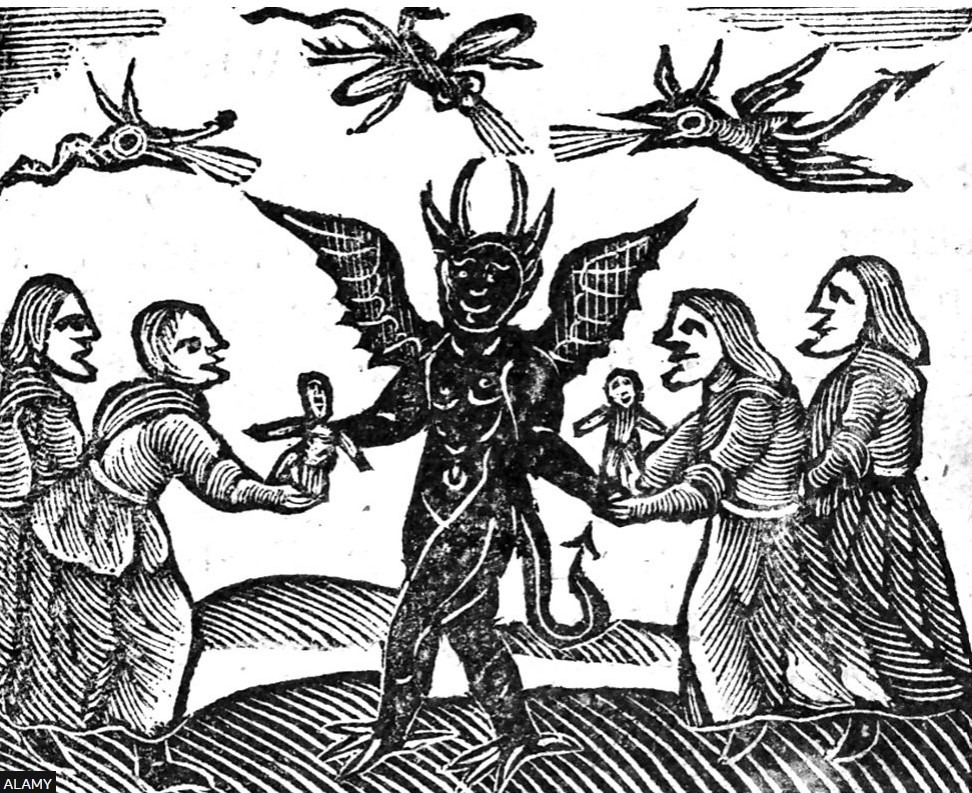
Wherever’s there’s life there’s witchcraft. Lets talk witches introduced some of the women who’ve been notorised as witches and this post continues the theme by talking about their activities.
It focuses on accusations of witchcraft in 17th century England when dozens of women were accused of causing harm through association with the Devil. Some cases were recorded in court transcripts, pamphlets and other published materials, and these offer some intriguing insights into common beliefs of the time.
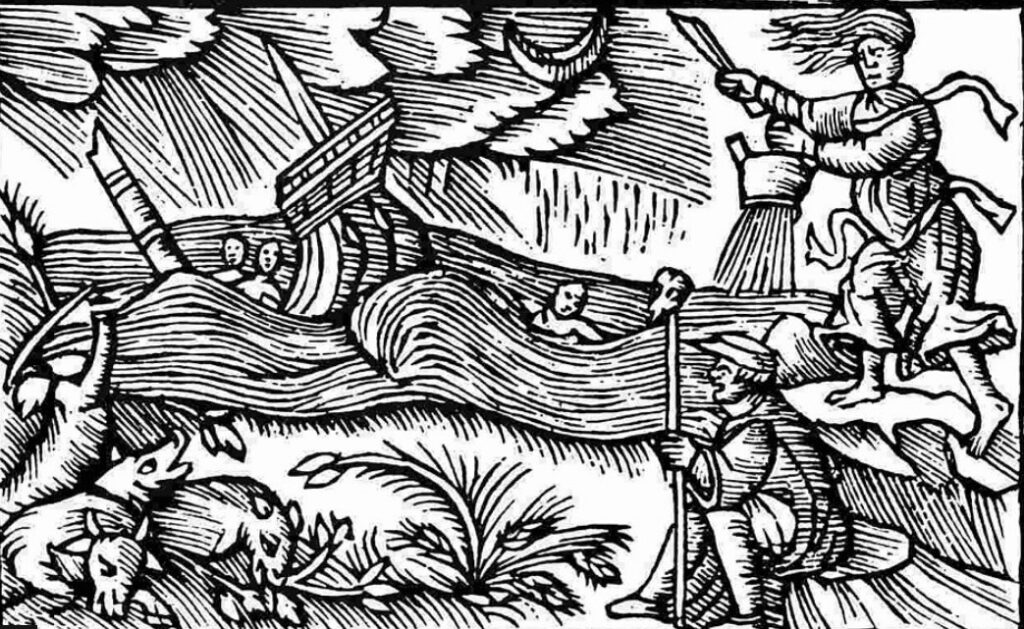
Witchcraft was one of many pre-Christian beliefs, rooted in older tradition, which the church tried to outlaw and demonise. Laws passed by King Alfred in the 9th century stated all witches should die, while in 975 the Archbishop Dunstan declared King Edward (the martyr) had a duty to expel witches from the kingdom. In the 10th century, Ælfric of Eynsham wrote a book titled De Auguriis or About Omens, in which he claimed witches existed and acquired their power from the devil. This was reinforced by the influential Thomas Aquinas who taught how the devil and his demons were capable of enabling witches to tempt people via sex, with women being predominantly to blame. By the 17th century, witchcraft was a familiar aspect of day-to-day life.
In 1603, James I of England came to the throne and James was known for his fear of witches. In 1590, a group known as the North Berwick witches were accused of using witchcraft to raise a storm at sea. In 1589, James had sailed to Denmark to meet his wife Anne, sister to the Danish king. On the return journey, they’d been forced to wait out the storms in Norway and James believed witches were responsible.
In 1597, James wrote Daemonologie. It showed how to identify and punish a witch and endorsed witch hunting. The book, in three volumes, continued to be republished once he became King and is thought to have influenced Shakespeare‘s portrayal of the three witches in Macbeth.
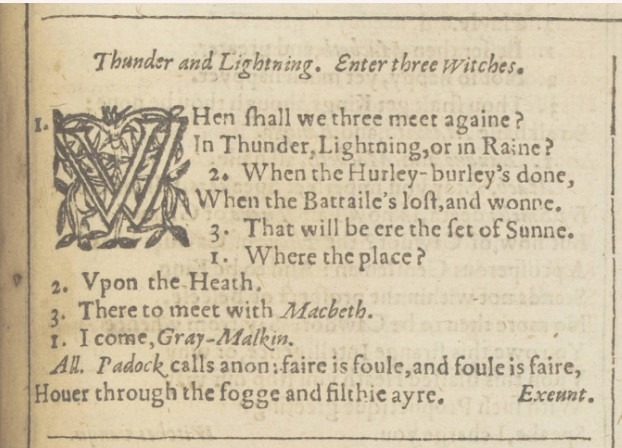
Like so much of Shakespeare’s work, the characters of the weird women were hugely influential. Not only did they reinforce ideas about witchcraft in 17th century, they’ve continued to colour our perceptions to this day. The witches could prophecise the future and are seen in a storm, chanting a spell. It’s where we get the phrase double, double toil and trouble; fire burn, and cauldron bubble from as they mix eye of newt, toe of frog, wool of bat, tongue of dog, adder’s fork, blind-worm’s sting, lizard’s leg, and howlet’s wing.
Described as old and hag-like the image supports the stereotype of witches as crones.
Daemonologie distinguised between magic performed by men (this was ok) and that attributed to witches (definitely not ok). The latter type was named as sorcerie and witchcraft, with intention to do harm, and was performed by women, in particular those with lust for wealth and lowly base desires. A common belief reinforced in Daemonologie was women were more likely to become witches because their constitutions were frailer.
1612 saw the trial of the Pendle or Lancashire witches. Clerk of court Thomas Potts wrote a transcript titled The Wonderfull Discoverie of Witches in the Countie of Lancaster. Thanks to his diligence, we know what witchcraft these women were accused of. Key characters were Elizabeth Southern (Old Demdike), an 87 year old cunning woman who appeared to heal sick animals, and her daugher Elizabeth (Lizzie) with a squnting eye, who had three children by John Device; James, Alizon and Jennet.
After begging pedlar John Lawe for pins, and being refused, Alizon cursed him. Within minutes he fell ill. Today we would probably say he had a stroke, however Alizon claimed her familiar, a black dog, had offered to lame him. Alizon confessed her grandmother had taught her witchcraft, including how to make clay images of people and stick them with pins to cause harm. Alizon, with her family and an assortment of other people alleged to have feasted on a sabbat at Malkin Tower, were taken to Lancaster, tried and hung. A fuller outline of events can be found here and in the video below.
Patterns are beginning to come together. We have poverty, an aging woman, one with a visual impairment, an inexplicable illness, a familiar in the shape of a dog, the use of clay poppets and pins as well as a sabbat. Existing suspicion and superstition were reinforced by the confessions of the women themselves and some damming evidence offered at trial by 11 year old Jennet.
What else do we know about witchcraft in the 17th century…
Apart from the Pendle witches, details of other witchcraft trials will be explored in other posts. They share similar stories; a woman makes a pact with the devil, usually in return for sex, and he gives her a familiar to carry out her desires. Any unexplained natural mishaps or disasters are then blamed on outsiders in communities. Once charged with witchcraft, a sentence could not be pronounced until the woman confessed. Naturally, most women initially denied the charges so methods were in place to encourage them to tell the truth.
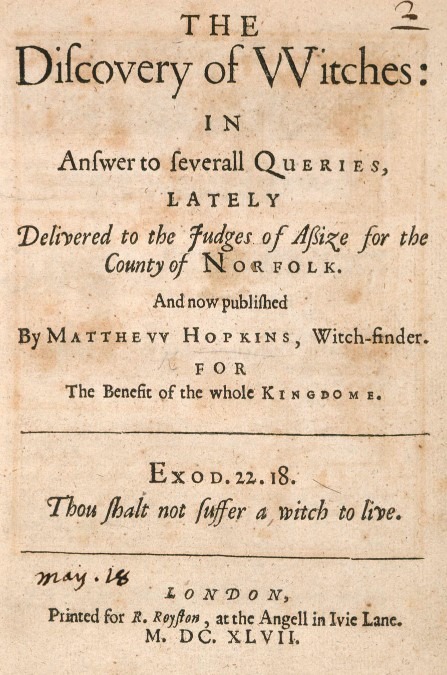
A record of these methods can be found in the Discovery of Witches written by self-styled Witchfinder General, Matthew Hopkins in 1647. Adopting a question and answer style, similar to that used in Daemonologie, it gives haunting details. Sections in italics below are taken directly from Hopkins book.
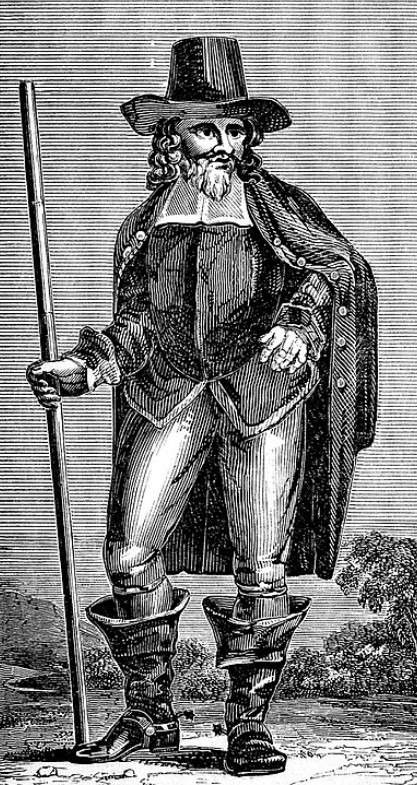
The first stage was to find the witches marks. These could be skin tags, warts or supernumerary nipples which honest women have not. These would be pricked with a needle as marks are most commonly insensible, and feele neither pin, needle, aule, &c. thrust through them. We know some of these devices used retractable needles.

After finding a mark, the woman might also be ducked or swum because Witches deny their baptisme when they Covenant with the Devill…the water refuseth to receive them into her bosome… and suffers them to float.
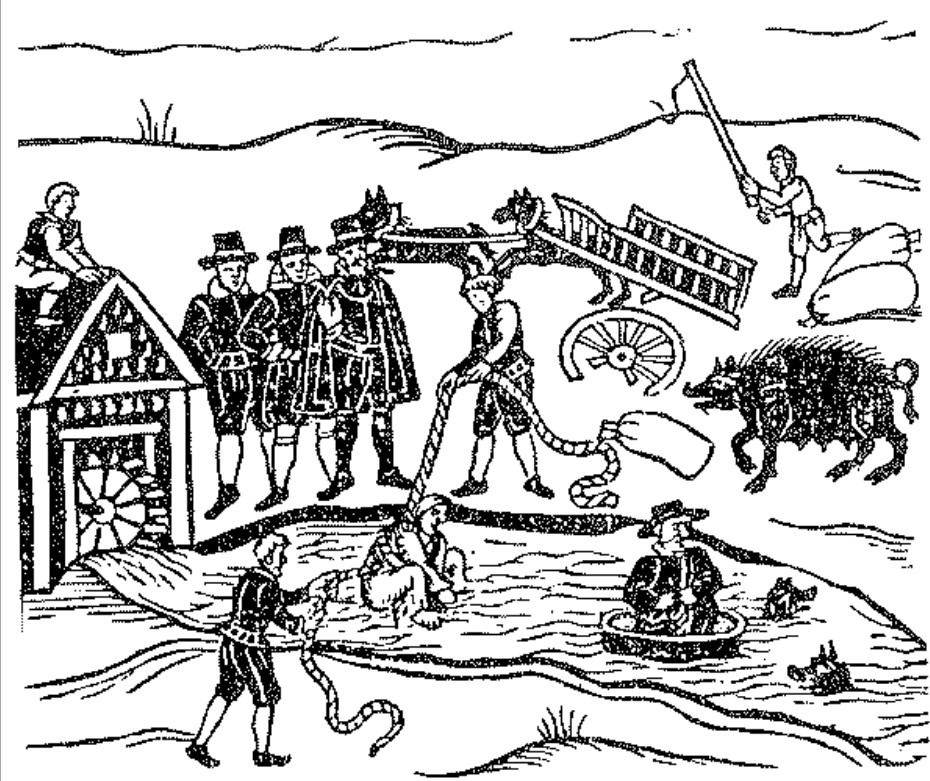
The next stage is to obtain a confession so when a Witch is first found with teats, then sequestred from her house, which is onely to keep her old associates from her… and they must be tortured and kept from sleep two or three nights, to distract them, and make them say any thing.
During this time the women were not allowed to sit down. They were extraordinarily walked, till their feet were blistered, and so forced through that cruelty to confesse. The idea of keeping them awake was to force their hungry familiars or imps to come and suckle blood. Imp names are listed and include Elemanzer, Pyewacket, Peckin the Crown, Grizzel, Greedigut, &c. all of which Hopkins declares no mortall could invent.
In order to bring a witch to trial, she had to confess to meeting with the devil and making a pact with him; she doth then declare what speech they had, what likeness he was in, what voice be had, what familiars he sent her, what number of spirits, what names they had, what shape they were in, what imployment she set them about.
The woman had to be brought to remorse and sorrow for complying with Satan so long, and disobeying Gods sacred Commands. Confession did not alter the death sentence but was done so god would forgive her.
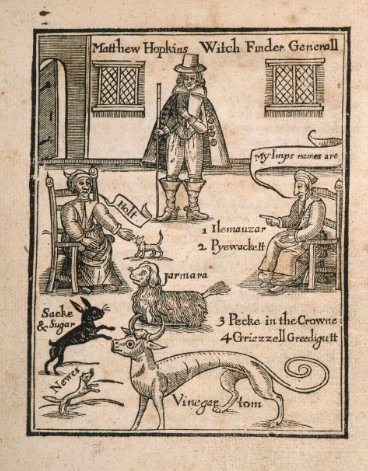
There is more. For example, witches were supposed to fly to sabbats on broomsticks and this will be looked at in more detail in a separate post.
Alleged witchcraft has always crossed boundaries between healing and causing harm. Most communities had wise women or cunning folk who made potions and ointments with herbs and possessed some rudimentary knowlege of the human body. As midwifes and healers they were close to life and death and the majority accused of witchcraft would not have see themselves as witches.
For most women, witch was an identity you were given, rather than one you inherently lived, but when accidents happened and nature was capricious, the word witchcraft must have been one they lived in dread of being associated with.
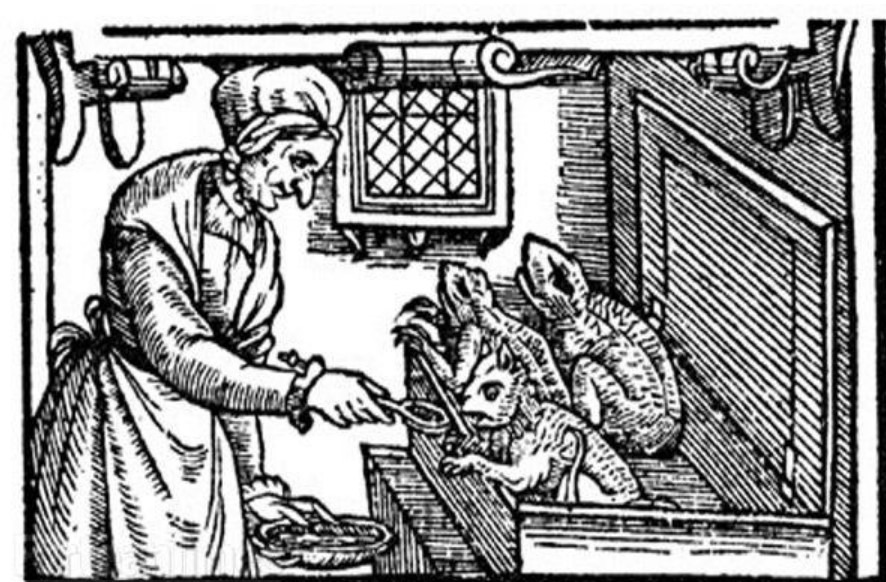
One thought on “Lets talk witchcraft”